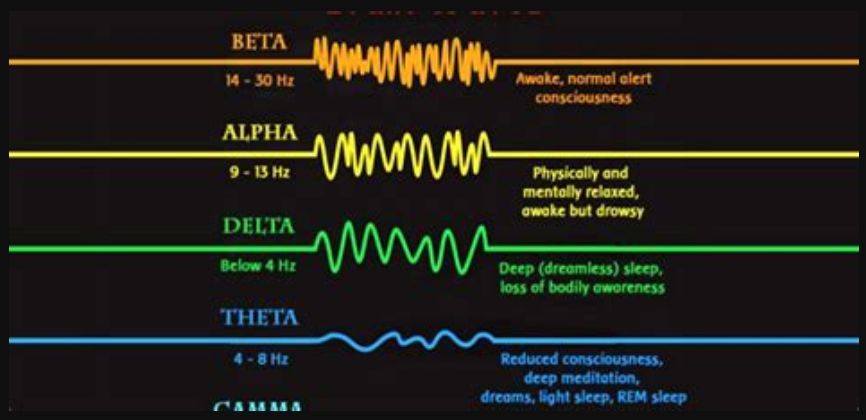CIA full report on Brain Synchronization
The CIA has been involved in various research programs over the years, including those related to consciousness, mind control, and unconventional phenomena.
One such program was the Stargate Project, which was a collection of various secret projects that investigated psychic phenomena and remote viewing. The Stargate Project was conducted by the United States government, including the CIA and the Defense Intelligence Agency (DIA), from the 1970s until the mid-1990s.
While the Stargate Project primarily focused on remote viewing (the ability to perceive distant or unseen targets using extrasensory perception), it also delved into other areas related to consciousness and human potential. Some documents related to the Stargate Project have been declassified and made available to the public, although the scope of these documents may not cover the specific topics you mentioned in your query.
Brain synchronization refers to the phenomenon in which the brain waves of individuals become aligned or synchronized with one another. This synchronization can occur spontaneously or as a result of various external stimuli, such as music, meditation, or social interaction.
Brain waves are rhythmic patterns of electrical activity that can be measured using electroencephalography (EEG). There are different types of brain waves, each associated with different states of consciousness and cognitive processes. These brain waves include:
1. Delta Waves (0.5-4 Hz): Delta waves are associated with deep sleep, unconsciousness, and certain meditative states. They are the slowest brain waves and are typically observed during periods of restorative sleep.
2. Theta Waves (4-8 Hz): Theta waves are associated with deep relaxation, meditation, and creative visualization. They are often present during states of deep relaxation and may be associated with vivid imagery, dream-like experiences, and enhanced creativity.
3. Alpha Waves (8-13 Hz): Alpha waves are associated with wakeful relaxation, calmness, and a relaxed but alert mental state. They are commonly observed when individuals are in a state of relaxation or meditation, with closed eyes.
4. Beta Waves (13-30 Hz): Beta waves are associated with wakeful alertness, active thinking, and problem-solving. They are typically observed during periods of focused attention, concentration, and mental activity.
5. Gamma Waves (30-100 Hz): Gamma waves are associated with high-level cognitive processing, perception, and consciousness. They are often observed during tasks requiring attention, memory, and sensory integration.
Brain synchronization can occur between individuals engaged in activities such as music-making, chanting, or group meditation. It is also observed in social interactions, where individuals’ brain waves may become synchronized as they communicate and engage with one another.
Research has suggested that brain synchronization may have various benefits, including enhancing social bonding, improving communication, and promoting feelings of connection and empathy between individuals. Additionally, practices such as meditation and mindfulness have been shown to increase brain synchronization within individuals, leading to improved cognitive function, emotional regulation, and overall well-being.
Overall, brain synchronization is a fascinating phenomenon that reflects the interconnectedness of human minds and the potential for shared experiences and states of consciousness. Ongoing research in this area continues to shed light on the mechanisms underlying brain synchronization and its implications for human cognition, behavior, and social interaction.
